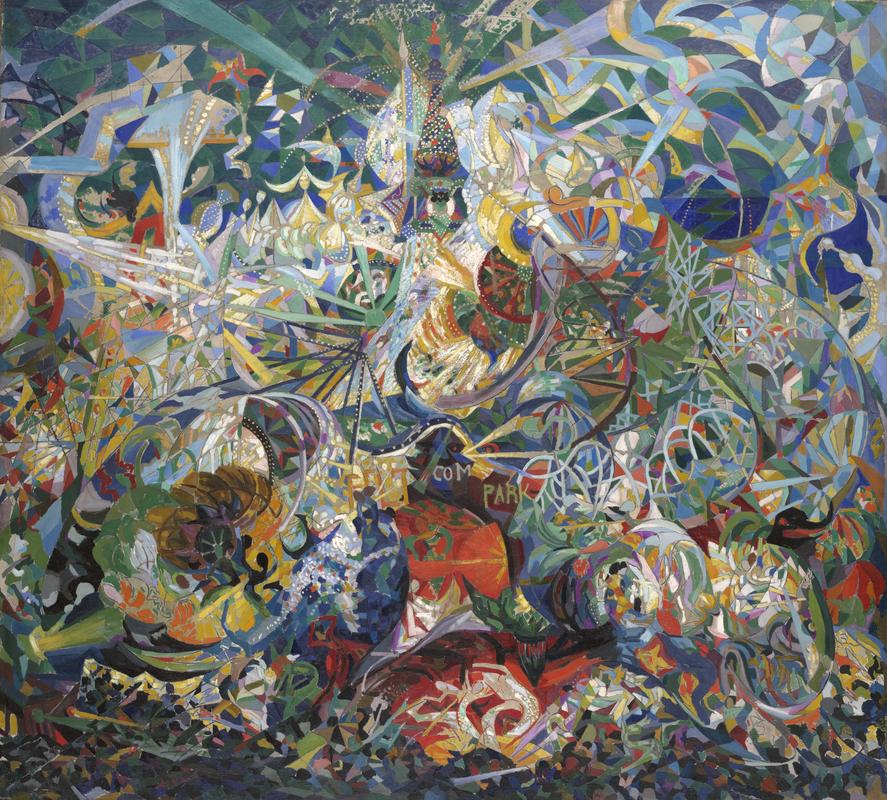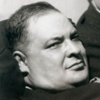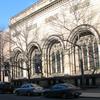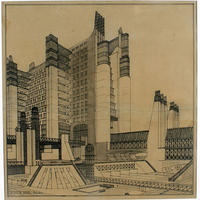More about Battle of Lights, Coney Island, Mardi Gras

Sr. Contributor
Joseph Stella’s Battle of Lights, Coney Island, Mardi Gras throws the viewer back in time to Coney Island’s heyday.
Known today mostly for its amusement park, Coney Island was founded as an escape from city life for hoity-toity New Yorkers. During the nineteenth century, Coney Island was a booming resort town and a prime spot for “sea bathing” and fine dining. However, with virtue comes vice, and although most of the island was a seaside paradise, the West End of Coney Island was known for offering a different type of entertainment: prostitution and gambling. John McKane was the unofficial mob boss of Coney Island who ensured that the West End was a reprieve for the working class and flourished in sin. To attract more visitors, and more profit, McKane turned part of the West End into an amusement zone with dance halls, circuses, race tracks, roller coasters, and games.
The success of the amusement zone only grew and by 1904 there were three fully operating amusement parks on Coney Island. At Steeplechase Park visitors could ride an enormous steel wheel recently invented by George Ferris, and see the ocean from a birds eye view. Then, at Luna Park, thrill seekers could enjoy rides with frightful names like Helter-Skelter and Dragon’s Gorge. The last park was Dreamland, where visitors experienced sophisticated entertainment like a wild-animal show and a scenic train ride. The era of the three parks did wonders for Coney Island. During the summer months, over 100,000 people visited the island every day, one being Joseph Stella.
After returning to New York from a trip to Paris where he romped around with Italian Futurist painters, Stella was searching for an American subject to practice his newfound style. Coney Island, with its bright lights, packed streets, mechanical triumphs, and unbelievable sideshows was the perfect muse. In Battle of Lights, Coney Island, Mardi Gras, Stella chose Luna Park’s Mardi Gras celebration as his inspiration. The artist called the annual event “the new bacchanal,” for it combined diverse crowds with technology, lights, and a raw excitement that symbolized the prosperity of America.
Sprinkled throughout the disorienting composition of Battle of Lights, Coney Island, Mardi Gras, Stella adds glimpses of clarity to show some of the staples of Luna Park. In the top center of the painting, Stella includes the tip of the two-hundred foot tall Kaleidoscope Tower which projected beams of light and color across the park at night. Below the tower, Stella depicts the rides and coasters of the park including the Ferris Wheel, a carousel, and the infamous Loop-the-Loop where riders were spun around a twenty-five foot tall vertical loop. Stella also includes parts of shop signs and slogans like “FELT” for Feltman’s restaurant where the American hot dog was invented.
Despite these instances of clarity, the viewer of Battle of Lights, Coney Island, Mardi Gras is caught up in a vortex of chaos and energy that Stella saw as the defining features of Coney Island. His ability to capture natural and man-made movement and light in a stimulating, colorful composition is why Stella is known as “America’s first and greatest futurist”.
Sources
- “Battle of Lights, Coney Island, Mardi Gras.” Yale University Art Gallery. Accessed December 21, 2020. https://artgallery.yale.edu/collections/objects/44301.
- Ferraro, Thomas J. “‘My Way’ in ‘Our America’: Art, Ethnicity, Profession.” American Literary History 12, no. 3 (2000): 499-522. Accessed December 21, 2020. https://www.jstor.org/stable/490217.
- Frank, Robin Jaffee. “Coney Island Baby.” Yale University Art Gallery Bulletin, (2015): 118-127. Accessed December 21, 2020. https://www.jstor.org/stable/43870915.
- Hubbard, Guy. “Images that Twist and Turn.” Arts & Activities 131, no. 2 (2002): 44-47.
- Parascandola, Louis J. and John Parascandola. A Coney Island Reader: Through Dizzy Gates of Illusion. New York: Columbia University Press, 2015.













I really like this piece of artwork because of all of the different shapes, lines, and colors that were used. This artist used many different shapes and lines, as well as color and composition.